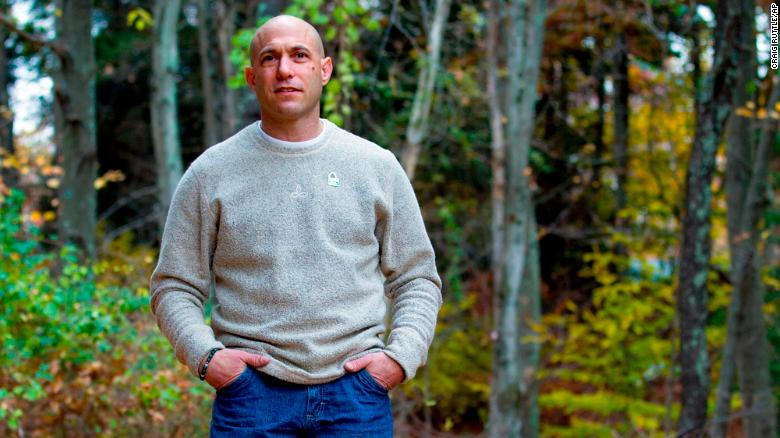Where Did the Schizophrenics Go?
E. Fuller Torrey and Wendy Simmons
Wondrous are the ways of Washington. In a
single day, the federal government officially reduced the number of
people with schizophrenia in the United States from 2.8 million to
750,000. With a change of the National Institute of Mental Health
website in 2017, two million people with schizophrenia simply
disappeared.

The 2.8 million estimate, or 1.1% of the adult
population, had been the official standard for the U.S. since the 1980s,
when the last major prevalence survey was carried out. The figure was
provided to Congress in 1993 and used for national estimates such as the
cost of schizophrenia.
NIMH Director Joshua Gordon wrote in the
Psychiatric Times that “the 1.1% figure is no longer scientifically
defensible” in view of “the most recent findings.” These findings come
from a 2001-03 National Comorbidity Survey, which included only those
who lived at home and acknowledged symptoms of schizophrenia. It
excluded those in hospitals, nursing homes, group homes, jails, prisons,
homeless shelters and on the streets. Nor did it include the people
with schizophrenia among the 29% who refused to participate in the
survey.
In short, the 750,000 estimate, 0.3% of the
adult population, was an absurd undercount, obvious to anyone with
knowledge of the subject.
Why would a federal health agency want to make
two million patients disappear? Welcome to Washington. Administrators
spend a lot of time trying to make their agencies look good to the
public and especially to Congress, which controls the purse strings. In
2006 Congress ordered the National Institutes of Health to make public
how much they spend on each major disease. These figures, along with the
number of people affected by each disease, allow anyone to determine
quickly the NIH’s research expenditure per patient with schizophrenia,
autism or any other disease, and compare them. It can be argued that the
quality of the research portfolio is a better metric than expenditure
per patient, but the latter is what most advocacy groups use.
In 2016 NIMH spent $254 million on
schizophrenia research. With 2.8 million people affected, that was only
$90.71 a patient. NIH expenditures for Alzheimer’s disease were $162.98 a
patient ($929 million for 5.7 million people) and Parkinson’s disease
commanded $173.12 a patient ($161 million for 930,000 patients as of
2020).
This imbalance created a problem for the NIMH.
There were two ways to “solve” it: by spending more money on
schizophrenia research or by reducing the number of people with
schizophrenia.
Thus two million people with schizophrenia
disappeared from the figures and voilà—expenditure per patient soared.
Even though schizophrenia research funding fell in 2017 to $243 million,
the NIMH can now claim to spend a mouth-dropping $324 per person. Call
it a Washington victory for schizophrenia patients.
Dr. Torrey is associate director for research and Ms. Simmons is a research associate at the Stanley Medical Research Institute.
========================================================
A Good Place to Visit for Up-to-date Mental Health Information:
TAC: Eliminating Barriers to the Treatment of Mental Illness
-------------------------------------------------------------------------
TAC says... Don't Box Them In. Give Them A Bed Instead.
----------------------------------------------------------------------
FYI.... More info from Treatment Advocacy Center (TAC)!
FYI.... More info from Treatment Advocacy Center (TAC)!
Improving medication adherence with telemedicine for adults with severe mental illness. Psychiatric Services.
TAC... DATAPOINT of the Month
- 2.3 million individuals incarcerated in the United States. The United States incarcerates more people per capita than any other nation, with 698 individuals confined per 100,000 residents, according to the Prison Policy Initiative's report, Mass Incarceration: The Whole Pie 2019. The report highlights where these 2.3 million individuals are incarcerated and why, and shows how individuals are distributed across various correctional settings and what charges that landed them there. Among their findings, 76% of individuals in jail have not been convicted of a crime. This includes 9,000 individuals who have a severe mental illness and are awaiting competency evaluation or restoration.









